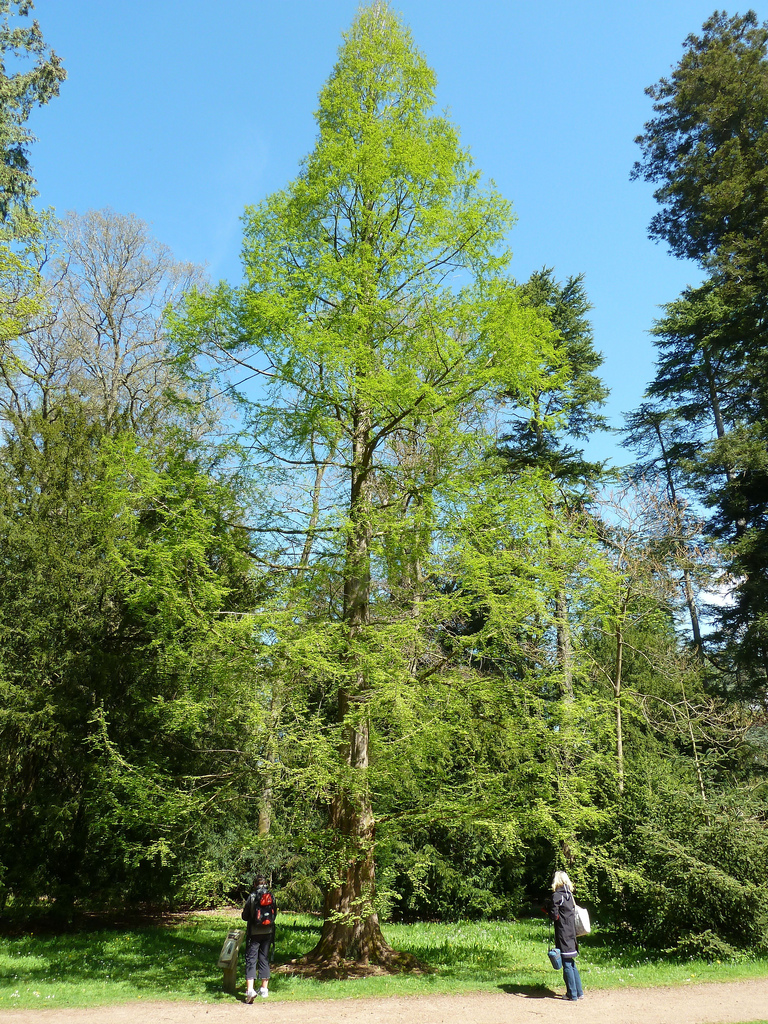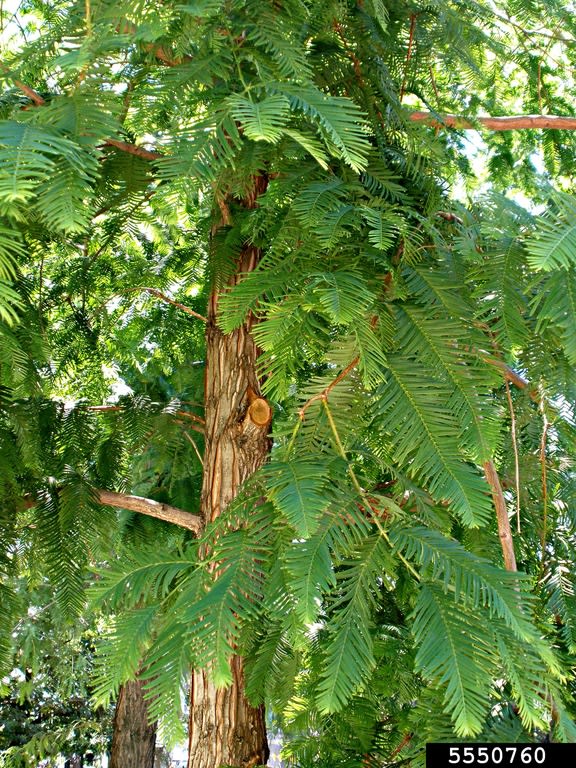

I believe this is the specimen shown at right. The type specimen, in Modaoqi, was in 1980 measured at 241 cm diameter in the buttressed portion of the trunk, and 167 cm diameter above the buttress. It is protected from cutting, but not from habitat degradation, and very few seedlings were observed in 1980 (Bartholomew et al. The species is, of course, rare and sensitive to human impacts. In 1986, an outlying population was found in Hunan (Hendricks 1995). Much of this population was logged following the Revolution in 1949. The center of population, supporting a population of about 6,000 large trees, was in the nearby Shuishaba valley in Hubei. A more detailed exploration in 1947 found the species to range over an area of about 800 km 2. One to three of these trees were later sampled to produce the entire seed source for trees grown outside China before 1991. The species was discovered by a Chinese forester, Gan Duo, when a small population was found in Modaoqi on the Sichuan-Hubei border. Typically found on shady, moist sites such as ravines and stream banks.

Hardy to Zone 5 (cold hardiness limit between -28.8☌ and -23.3☌) ( Bannister and Neuner 2001). E Sichuan, SW Hubei, NW Hunan, at 750-1500 m elevation ( Silba 1986). 30☁0'N, 108☄5'E, with an outlying occurrence in NW Hunan at 750-1500 m elevation (Raven et al. Distribution and EcologyĬhina: Primary occurrence near the Sichuan-Hubei border, ca. Cotyledons usually 2." ( Dallimore et al. Seed light brown, usually obovate, long, with 2 broad, thin, paler wings. Scales woody 20-30, in decussate pairs, the upper 3 pairs and the lower 2-3 pairs sterile, the fertile scales each bearing 2-9 usually 5-8 ovules, the outer surface of the scale transversely elliptic or broadly triangular, with a horizontal groove. Female strobili sub-globose or short cylindrical, up to long, terminal, solitary and pendulous on sparsely leaved lateral branchlets. Male strobili ovoid, up to long, numerous, decussately arranged on long spikes or panicles. A transverse section of a leaf shows a median resin-canal under the single vascular bundle, and two marginal resin canals. In autumn, the leaves turn reddish-brown before they are shed with the deciduous branchlets. The upper surface is bright green, with a narrowly grooved midvein, the under surface bearing obscure lines of stomata, lighter green or slightly glaucous, the midrib slightly raised. They are about long and broad on mature trees, but on seedlings and young trees are generally and sometimes up to long. Leaves linear, flattened, straight or slightly curved, pectinately arranged, obtusely pointed or shortly mucronate, tapering abruptly towards the articulated junction of the lamina with the decurrent base. They are borne on very short stalks, more or less concealed by the smaller basal scales. They are ovoid or ellipsoid, long, wide scales light reddish- or yellowish-brown, ovate, with a linear keel.


Buds non-resinous, opposite, or sometimes sub-opposite, usually in pairs at the base of deciduous branchlets but sometimes solitary between the branchlets. The green deciduous branchlets are up to about long, often longer on young trees, usually arranged distichously, more or less horizontal, ribbed with the long decurrent bases of up to 50-60 or more leaves. The persistent bright, reddish-brown when young, shallowly ridged, carrying the deciduous branchlets, numerous vegetative buds and a few leaves. Branchlets glabrous, of two kinds, persistent and deciduous. Bark reddish-brown when young, becoming darker, greyish, fissured, exfoliating in long, narrow strips. "A tree up to high, with a tapering trunk broadening to the buttressed base conical when young, developing a broad, rounded crown with age. Synonyms: Metasequoia glyptostroboides Hu & W.C. Miki 1941, a genus initially described from fossil material (see Remarks). Dawn redwood, water fir, water larch 水杉 shui shan (literally, water fir) メタセコイア.


 0 kommentar(er)
0 kommentar(er)
